Disclaimer: This blog post contains affiliate links. If you make a purchase through these links, I may earn a small commission at no additional cost to you. Learn More. Thank you for supporting our garden community.
The Ultimate Guide to Planting Fruit Trees in Spring
Last Updated: September 6, 2024
Spring is the perfect time to breathe new life into your garden by planting fruit trees. Whether you’re an experienced gardener or just starting out, understanding the right techniques for planting fruit trees can make a world of difference in the success of your orchard. In this guide, we’ll walk you through everything you need to know to get your fruit trees off to a great start this spring.
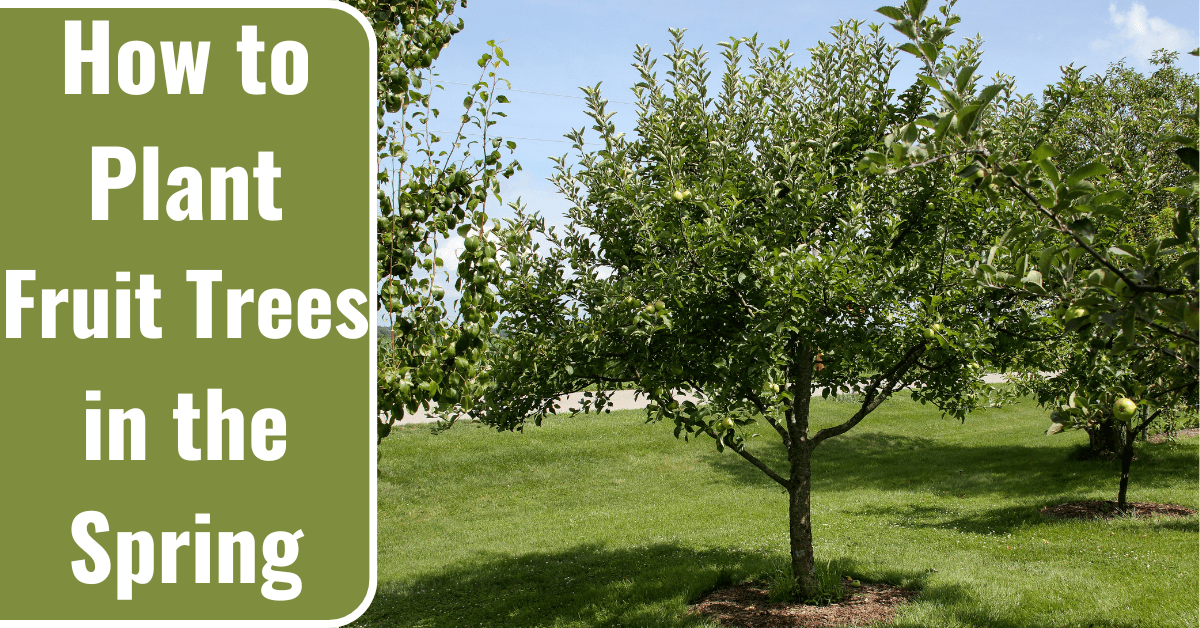
I have successfully planted many fruit trees in the spring, including bare-root and potted plants. The harvests may not come for a few years (or more), but patience is key!
Planting Fruit Trees in Spring
Here’s what you’ll learn from this comprehensive blog post:
- Optimal Timing for Planting: You will learn why spring is the best season for planting fruit trees, including the benefits of the moderate weather and ideal soil conditions during this time.
- Selecting the Right Fruit Trees: This post will guide you on how to choose fruit trees that are best suited for your specific climate and soil type, ensuring successful growth.
- Proper Planting Techniques: You will receive step-by-step instructions on how to correctly plant fruit trees, from digging the hole to positioning the tree and ensuring proper soil coverage.
- Post-Planting Care and Maintenance: This post will cover essential care tips, such as watering, mulching, and pruning, as well as how to avoid common issues like poor drainage and pest infestations, helping you nurture healthy and productive fruit trees.
Why Spring is Ideal for Planting Fruit Trees
Spring provides the optimal conditions for planting fruit trees. As the soil begins to warm, the roots of newly planted trees can establish themselves more easily, absorbing nutrients and moisture efficiently.
Additionally, the moderate spring weather reduces the stress on young trees, giving them the best chance to thrive. When planting in the summer, fruit trees can become overly stressed from the heat and dry conditions, so spring is the best time overall.
Choosing the Right Fruit Trees for Your Garden
Before you start planting, it’s crucial to select the right fruit trees for your climate and soil type. Different fruit trees have varying requirements for sunlight, water, and temperature.
For example, apple and pear trees thrive in cooler climates, while citrus trees prefer warmer regions. Research the specific needs of the fruit trees you’re interested in and consider consulting with a local nursery for expert advice.
You can pick up all your fruit trees today at Nature Hills Nursery. For now, here are some varieties for cold and warm climates:
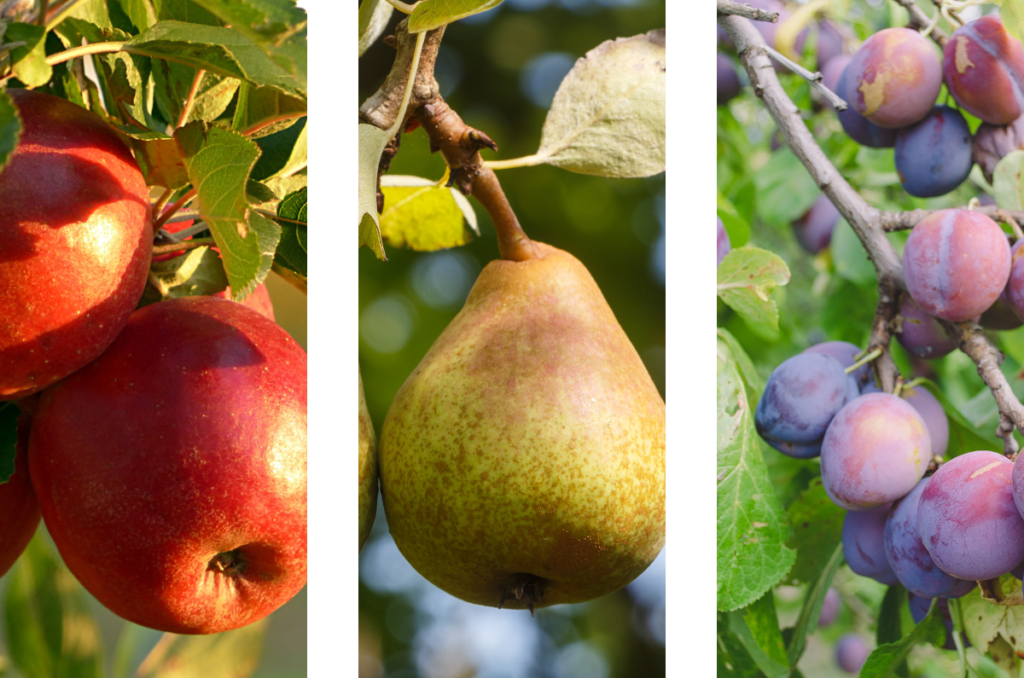
Colder Climates:
These trees are suited for a cooler and more temperate climate. In short, choose a fruit tree that evolved in and that can tolerate colder temperatures, if you live in a colder climate, like me in Ontario.
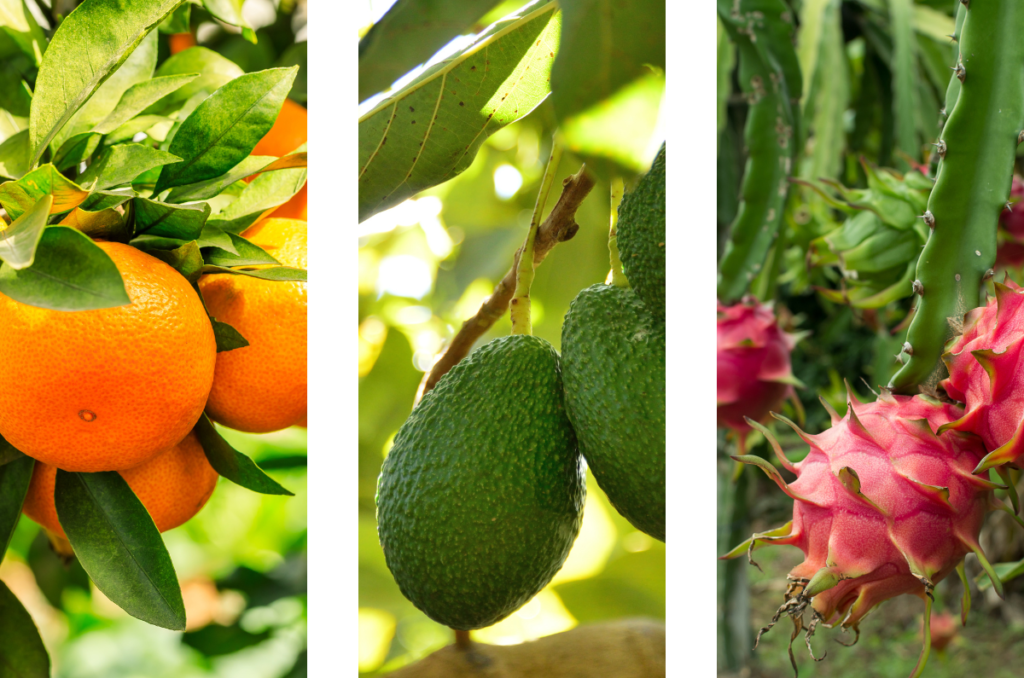
Warmer Climates:
- Citrus (orange, lemon, lime, etc.)
- Figs (although, you can get the Chicago Hardy fig variety, which is perfect for cold climates).
- Dragon fruit
- Avocados
- Mangos
These fruit trees are suited for warmerIn short, choose a fruit tree that evolved in and that can tolerate warmer temperatures, if you live in a warmer climate.
Unconventional Fruit Trees
While apples, peaches, and oranges are classic choices for fruit trees, there is a world of other delicious options to explore.
Brambles, such as blackberries and raspberries, are remarkable additions to any fruit garden. With their thorny canes and delectably juicy berries, they are relatively easy to grow and can thrive in various climates. Be wary, however, as they can spread like wildfire in your garden. Make sure to plant them in a pot or in an area you don’t mind being taken over.
Check out our respective guides to learn more:
Grapes and hardy kiwis, too, offer a unique addition, whether you’re a wine enthusiast or simply love the sweetness of fresh grapes. Vines can be trained on trellises or pergolas, adding vertical interest to your garden while providing you with abundant, juicy fruits.
Check out each guide here:
In contrast, you can also turn to foraging. Plants like wild apples, riverbank grapes, and elderberries offer great fruit sources during the growing season.
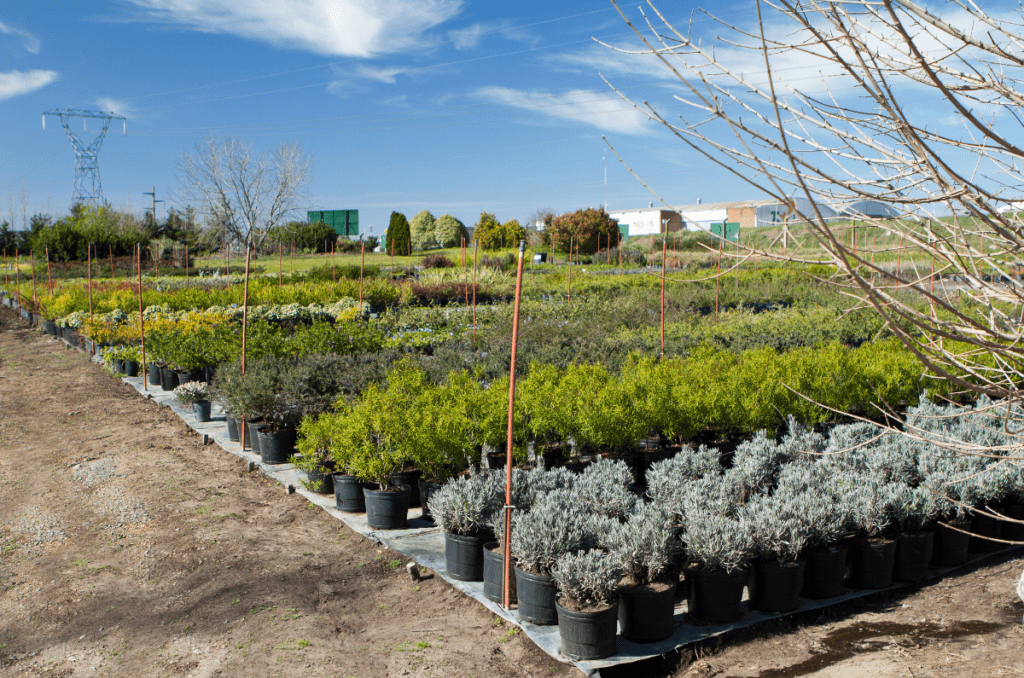
Potted Fruit Trees
When it comes to fruit tree planting in the spring, potted fruit trees are a convenient option. These trees are actively growing and come in containers, making them easy to transport and suitable for those with limited space. It is important to select healthy potted trees with good root systems.
Make sure the container has adequate drainage and choose a size appropriate for the type of fruit tree you desire. Choose plants that are not root-bound, and that are growing in a healthy manner. Potted fruit trees can be planted throughout the spring, providing you with a diverse range of fruits to enjoy in the seasons to come.
Buy potted fruit trees if you are limited on space, want convenience, and if you want the tree to grow quicker.
Pick up your potted fruit trees today at Nature Hills Nursery!
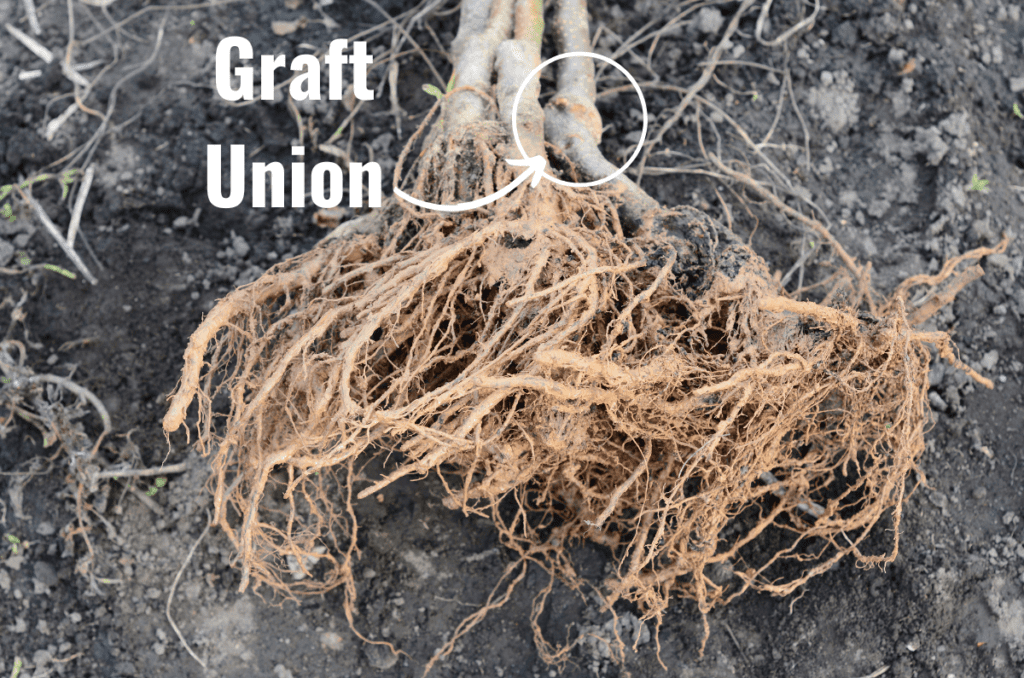
Bare-Root Fruit Trees
Another popular method of planting fruit trees in the spring is through bare-root trees. These trees are sold without soil, usually in a sawdust mixture, and are ideal for cold-climate gardeners. Bare-root trees should be planted as soon as possible after purchase, as they are typically dormant.
Soak the roots in water for a few hours before planting to ensure hydration. Gently spread the roots and cover them with soil, keeping the graft union (the swollen area where the fruiting variety is grafted onto the rootstock) above the soil line.
Bare-root fruit trees have the advantage of establishing healthier and adapting well to the local climate. Like I said, these are better for you if you live in a colder climate, have more patience, and want a healthier tree overall.
To get your own bare root fruit trees, check out Nature Hills Nursery for their wide selection.
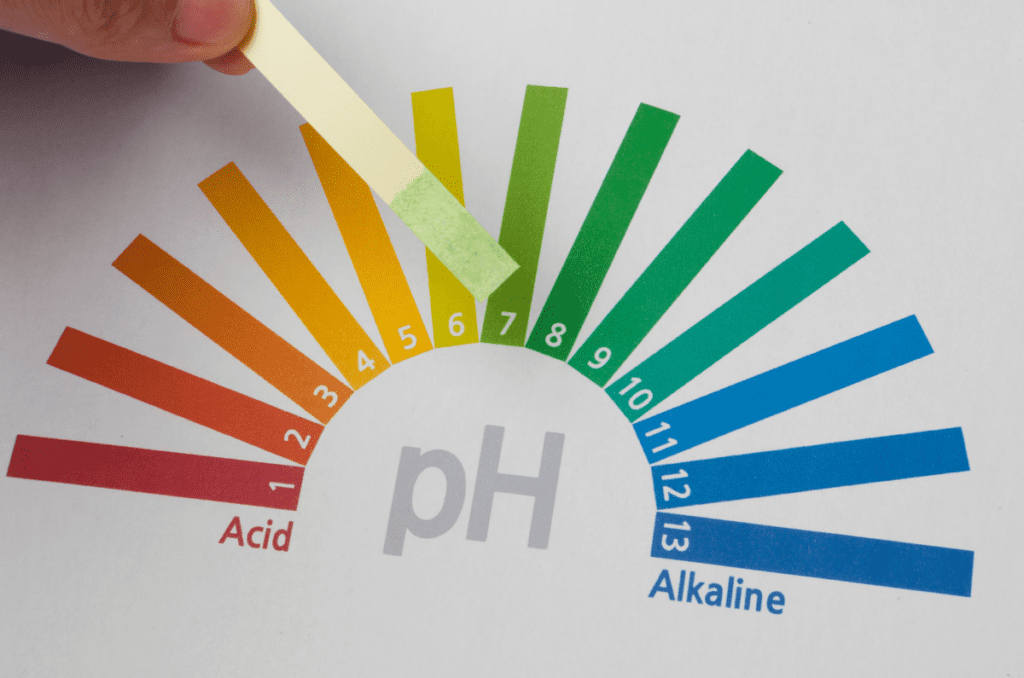
Preparing the Soil for Your Fruit Trees
Healthy soil is the foundation of a thriving orchard. Start by testing your soil’s pH level and nutrient content. Most fruit trees prefer slightly acidic to neutral soil, with a pH between 6.0 and 7.0.
Avoid adding any compost, manure, or organic fertilizers. If added directly into the planting hole, the roots of the fruit tree will not venture out further to find nutrients. Instead, break up the soil if it is very clay-heavy.
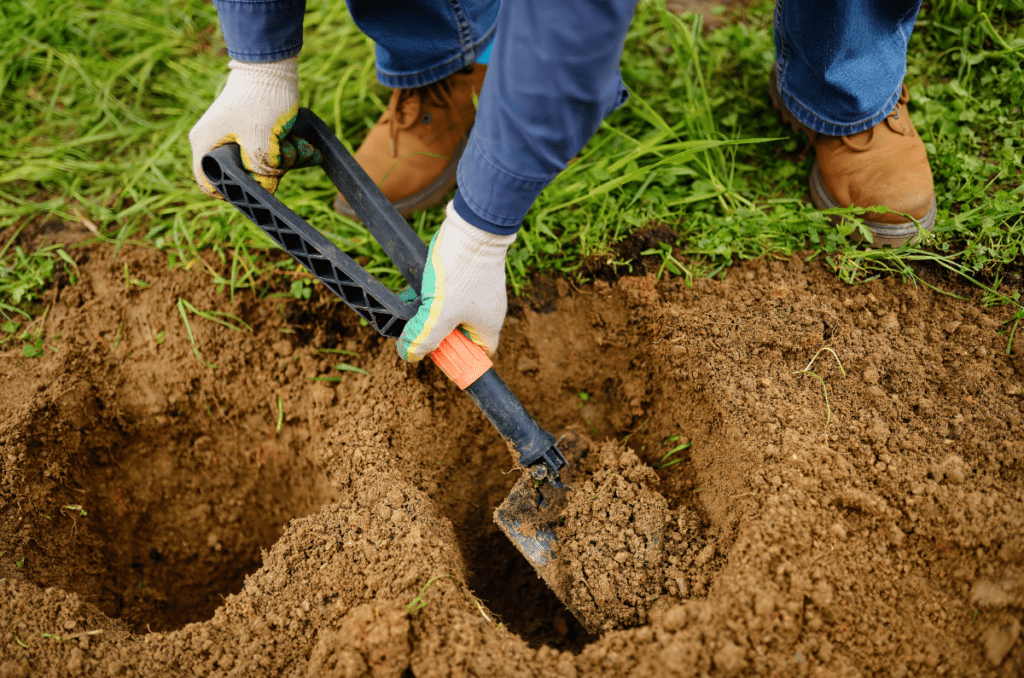
How to Plant Fruit Trees
When it comes to planting fruit trees, proper technique is key. Follow these steps to ensure your trees get off to a strong start:
- Dig the Hole: Dig a hole that is twice as wide as the tree’s root ball and just as deep. This allows the roots to spread out easily without being damaged. This is especially important for bare-root varieties, as the roots are exposed more.
- Prepare the Root Ball: Gently loosen the roots before placing the tree in the hole. If the tree is bare-root, spread the roots out evenly like a web.
- Position the Tree: Place the tree in the hole, making sure the graft union (the swollen area where the tree was grafted onto the rootstock) is above the soil level. If the graft union is below the soil, it may rot, or the rootstock will produce fruit that you don’t want to eat.
- Backfill the Hole: Fill in the hole with soil, pressing it down gently to remove air pockets. Water thoroughly to help the soil settle.
- Mulch and Water: Apply a layer of mulch around the base of the tree to retain moisture and regulate soil temperature. Water the tree deeply to help it establish roots.
Caring for Fruit Trees After Planting
Your fruit trees will need some care after planting to ensure they establish well.
Regular watering is essential, especially during the first growing season. Deep, infrequent watering encourages the roots to grow downwards, leading to stronger, more resilient trees.
Mulching not only helps retain moisture but also suppresses weeds that could compete with your young fruit trees for nutrients.
Pruning is another critical aspect of fruit tree care. Prune your trees in late winter or early spring before new growth begins. This helps to shape the tree, remove dead or diseased wood, and encourage healthy growth for the next growing season.
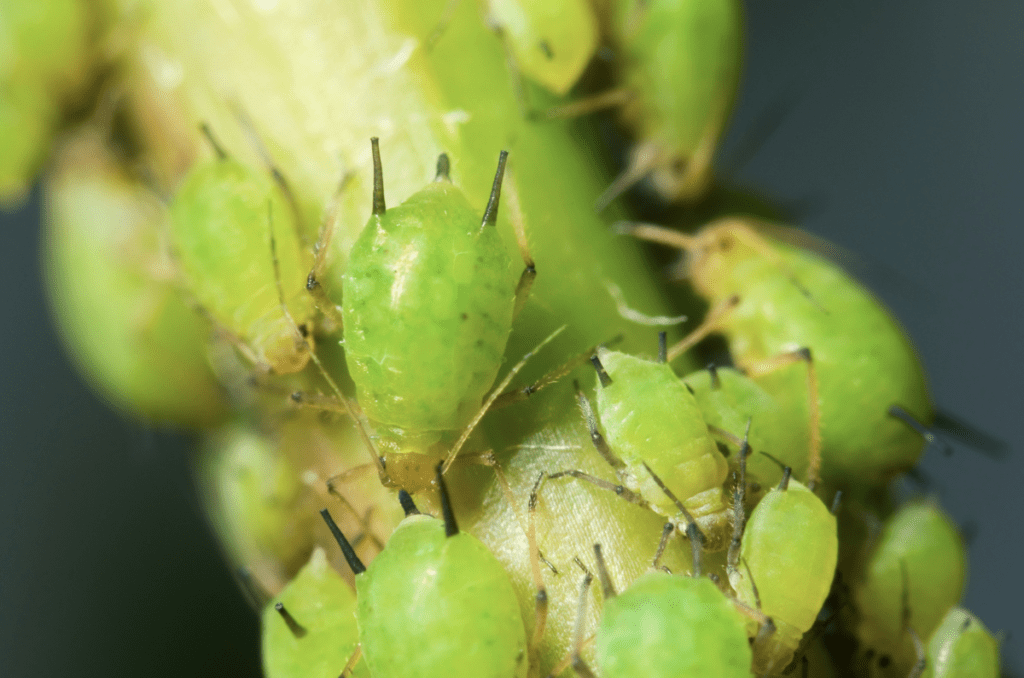
Common Issues When Planting Fruit Trees and How to Avoid Them
Planting fruit trees isn’t without its challenges. Here are some common problems you might encounter and how to avoid them:
- Poor Drainage: Generally, fruit trees don’t like to sit in waterlogged soil. Ensure your planting site has good drainage, or consider building raised beds.
- Pests and Diseases: Keep an eye out for common pests like aphids and diseases like apple scab. Regular monitoring and early intervention are key to protecting your fruit trees.
- Improper Spacing: Planting trees too close together can lead to competition for resources and poor air circulation, increasing the risk of disease. Follow spacing recommendations based on the mature size of your fruit trees.
Discussion Questions:
- Which fruit trees have you found to be the most successful in your region, and why?
Let us know in the comments below!
Frequently Asked Questions
Some of the easiest fruit trees to grow in Ontario, Canada are the ones that tolerate cold climates. Trees such as apples, peaches, pears, plums, and cherries, and bushes like raspberries, blackberries, and blueberries will all grow well in Ontario and the surrounding area.
The most common fruit trees among home gardeners are apples and peaches, simply because they grow so easily in many climates, and don’t require too much care and attention.
Even More Gardening Ideas
Here are a few more posts to get the ball rolling in your garden!
- How to Prep Garden Soil for Spring
- 6 Essential Spring Garden Tasks
- 20 Fast Growing Vegetables to Plant in the Spring and Fall
Products
For all-purpose organic fertilizers, check out Fishnure.
To buy organic, non-GMO lavender seeds, check out SeedsNow.
For a wide selection of perennial garden plants, check out Nature Hills Nursery.
For gardening equipment, check out Bootstrap Farmer
Planting fruit trees in spring is a rewarding endeavor that can provide fresh, homegrown fruit for years to come. By choosing the right trees, preparing your soil, and following proper planting and care techniques, you can ensure your fruit trees thrive and produce bountiful harvests. Start planning your spring planting now, and soon you’ll be enjoying the delicious fruits of your labor!
If you found this article informative and you learned something from it, please consider signing up for our email newsletter. Don’t worry, we won’t send you spam, just incredible and easy-to-incorporate gardening tips and tricks every Monday and Friday.
If you want to learn more about gardening, foraging, nature, and sustainability, check out The Real Gardener on Instagram, YouTube, and Pinterest.
Pin this post for later:
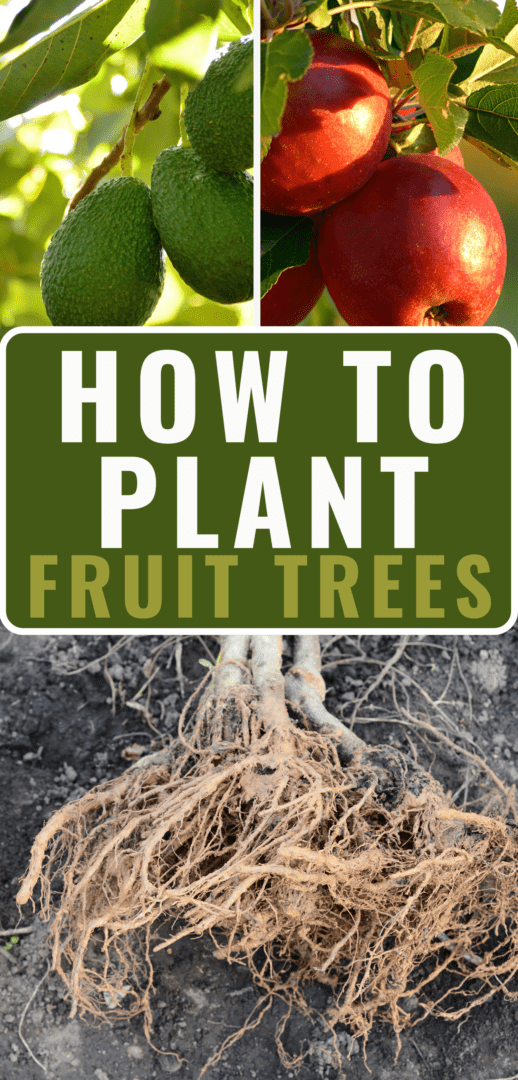
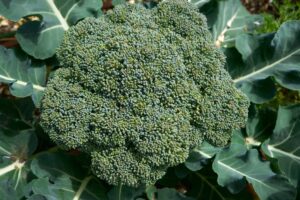
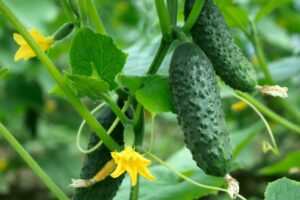

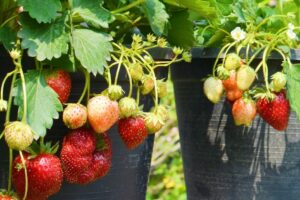
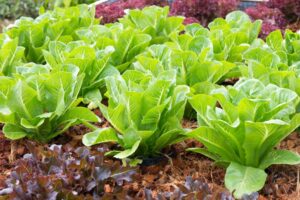
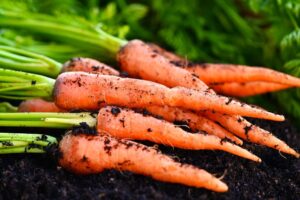
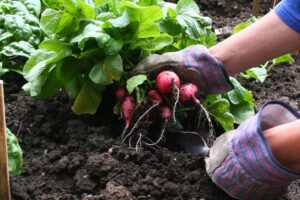
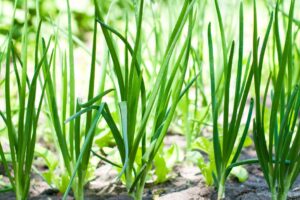
Leave a Reply